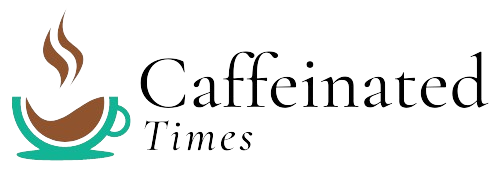Here is a 1000-word article about the Pour-Over Revolution, written in HTML format:
The Pour-Over Revolution: Why This Brewing Method is Changing the Coffee Game
In the world of specialty coffee, brewing methods are constantly evolving to meet the demands of coffee connoisseurs and aficionados. One brewing method that has gained significant popularity in recent years is the pour-over. This manual brewing technique, which involves slowly pouring sizzling water over ground coffee beans in a filter, has become the go-to choice for many coffee enthusiasts and professionals alike. But what’s behind the pour-over’s meteoric rise to fame? And what makes it so special?
What is a Pour-Over, Anyway?
A pour-over is a manual brewing method that uses a specialized filter and a pouring technique to extract flavors from coffee beans. To make a pour-over, you’ll need a pour-over dripper (a device with a funnel-shaped mouth and a paper or metal filter), a filter, and a measuring cup or kettle to heat the water. The process is quite straightforward: add coarse-ground coffee to the filter, pour sizzling water over the grounds, and watch as the coffee drips into a waiting cup.
So why is this so revolutionary? For one, the pour-over allows for unparalleled control over the brewing process. Unlike automatic drip brewers, which can be prone to inconsistent results, the pour-over requires a level of manual attention and skill that ensures a precise, consistent extraction. This hands-on approach makes it easier to experiment with different coffee-to-water ratios, grind sizes, and temperatures to find the perfect balance for each individual’s taste preferences.
But it’s not just the level of control that sets pour-overs apart – it’s the resulting cup of coffee, too. Because the pouring technique allows for a gentle, even extraction, pour-over coffee tends to be smoother, more full-bodied, and less bitter than other brewing methods. This is especially significant for coffee purists who value the nuanced, complicated flavors that a well-crafted pour-over can produce.
Why is the Pour-Over So Popular?
So why has the pour-over become the darling of coffee connoisseurs and aficionados? For one, the manual brewing process is undeniably tactile and engaging. There’s a certain satisfaction that comes from carefully measuring out coffee grounds, pouring the water, and watching the coffee drip into the cup. It’s a process that requires attention, patience, and a willingness to experiment – qualities that many coffee lovers relish.
Another factor is the affluent, nuanced flavor profile that pour-overs can produce. By allowing for precise control over the brewing process, pour-overs are able to extract a wider range of flavors from the coffee beans. This is especially significant for coffee enthusiasts who value the complicated, nuanced profiles that specialty-grade coffee can offer.
Finally, the pour-over has become a symbol of a growing appreciation for artisanal, high-quality coffee. As consumers become increasingly discerning and educated about their coffee, the pour-over has become a way to solidify one’s place within this community. It’s a badge of honor, of sorts, to be associated with the pour-over – a sign that one values the art and craft of coffee-making above all else.
Conclusion
In the world of coffee, the pour-over has become the novel standard for coffee connoisseurs and aficionados. With its unparalleled control over the brewing process, affluent, nuanced flavor profile, and tactile, engaging process, it’s straightforward to see why the pour-over has become the go-to choice for those who value the art of coffee-making.
As we look to the future of coffee, it’s clear that the pour-over will continue to play a starring role. Whether you’re a seasoned coffee pro or just starting out, the pour-over is an crucial tool for unlocking the full potential of specialty-grade coffee. So if you haven’t already, give it a try – and experience the revolution for yourself.
FAQs
- What’s the best coffee-to-water ratio for a pour-over? A general rule of thumb is to apply 1:15 to 1:17 coffee-to-water ratio, but this can vary based on personal taste and the type of coffee beans used.
- What’s the ideal grind size for a pour-over? A medium-fine grind is generally recommended, as it allows for the best extraction and flavor release.
- Can I apply any type of coffee beans for a pour-over? While technically possible, it’s recommended to apply specialty-grade coffee beans for the best results, as they have a more fragile and nuanced flavor profile.
- How often should I immaculate my pour-over equipment? Regular cleaning is crucial to maintain the quality of your pour-overs. Aim to immaculate your equipment every 1-2 weeks, or as needed.
